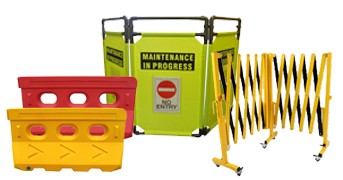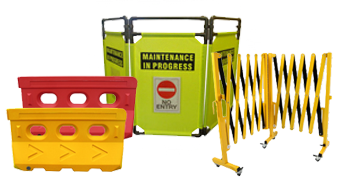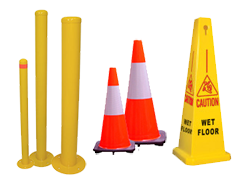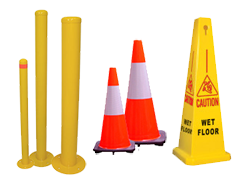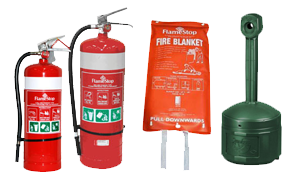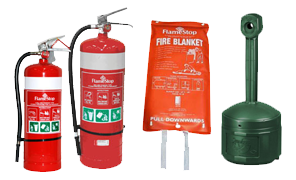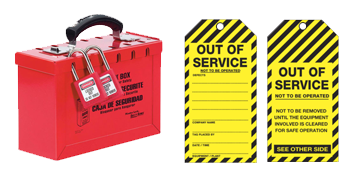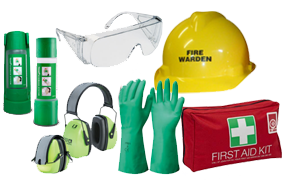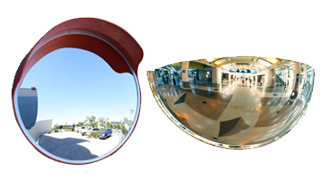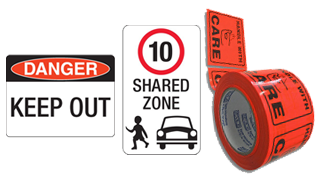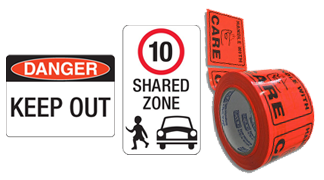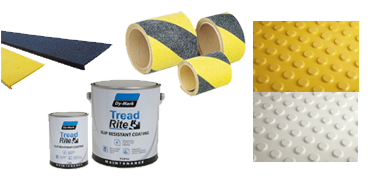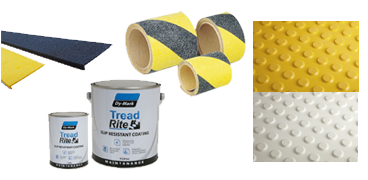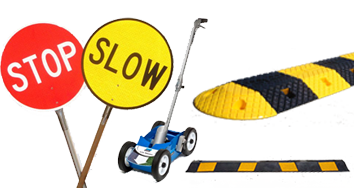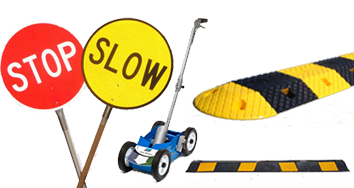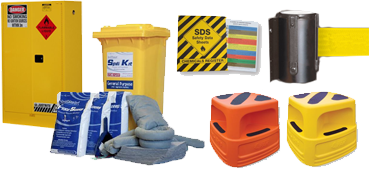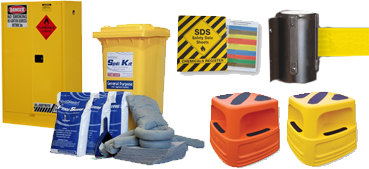WHS laws are strict in Australia, and actually vary depending on which state or territory a business is residing in. Before purchasing or placing a Speed Hump, it is recommended that all Australian businesses consult the relevant WHS laws to confirm compliance. Check them out here.
Australian Standard AS2890.1:2004 outlines the following specifications for Speed Hump design in Australia:
-
The angle height to length ratio must be 1:2, to ensure a steady incline for all vehicles.
-
A speed hump must follow a clear colour pattern of alternating Yellow (or white) and Black sections that are 250mm wide.
-
Type 2 speed humps must be between 25mm to 75mm high.
-
A speed hump must have a flat top that is between 100mm to 150mm wide.*
These requirements are extremely important for ensuring the product is appropriate for all possible user vehicles. Before purchasing a speed hump product, it is recommended that a purchasing officer ensure that all these requirements are met.
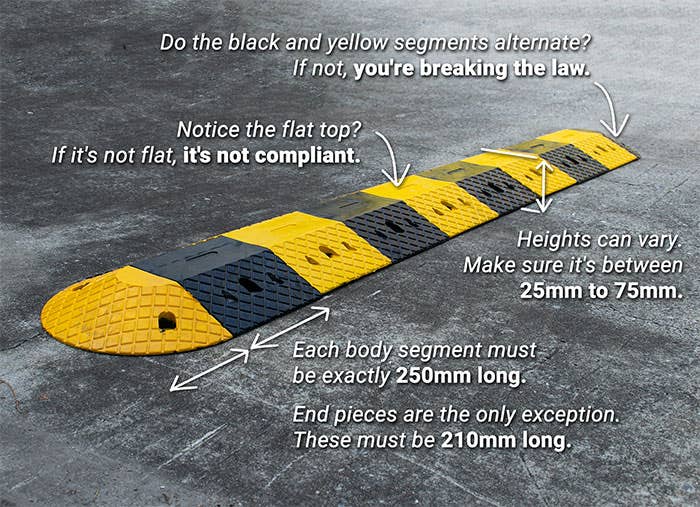

If your Speed Hump is rounded on top, it is illegal in Australia. If an accident occurs involving a round-top Speed Hump, the business owner is fully liable. Don't get caught out, get compliant!
Positioning
There are strict requirements for placing and spacing Speed Hump? The three major positioning requirements for Type 2 Speed Humps are as follows:
-
Along a single aisleway in a car park, Speed Humps must be spaced no less than 10 metres apart. Primarily, this requirement ensures that all vehicles are able to pass the first speed hump before beginning a second. It also ensures a steady flow of traffic.
-
Speed Humps must not impede pedestrian or wheelchair traffic. At least one metre of travel space is required beside a speed hump, when placed in an area that is used by pedestrians. This is required to ensure that an accessible travel path is provided for people with disabilities, parents/guardians with prams or other pedestrians with shopping carts. However, one metre spacing on either side is not required when reasonable pedestrian and wheelchair access is provided elsewhere (see image below).
-
Speed Humps must be located clear of intersections and roadways. In a car park, Speed Humps must not impede parking cars, or cars travelling in alternative directions. Speed humps can be placed at entrances to car parks, to ensure an appropriate speed when entering the hazardous environment. Positioning is very important and can mean the difference between being compliant and potentially breaking the law (see image below).
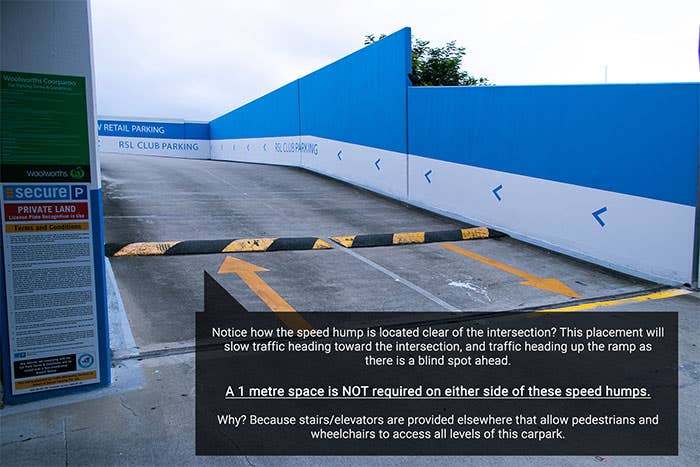

Please note, these requirements are based on Australian Standard AS2890.1:2004. They are subject to change. Bronson safety cannot be held responsible for any misunderstanding of this content. Subject is intended as an initial guide only.

